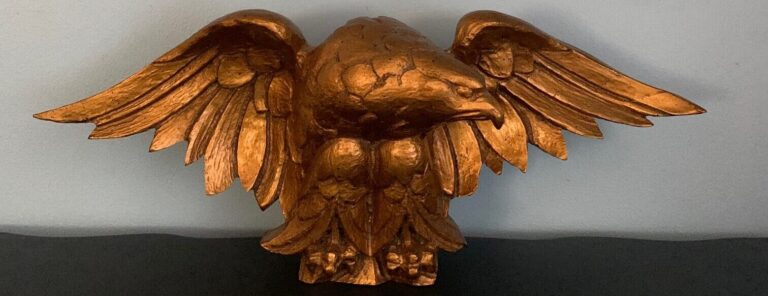As you may recall, I strongly hinted in a previous post that I would be writing about the use of bayonets in the Revolution. So let’s get right to the point (in a manner of speaking).
What Was It?
The socket bayonet was invented in the late seventeenth century by the noted French military engineer, Sébastien Le Prestre, Marquis de Vauban (1633-1707), who was engaged in the service of Louis XIV for more than fifty years and in the process revolutionized the art of siege warfare and defensive fortifications. Vauban’s pointed triangular blade came with a flat side facing the muzzle of a musket and two outer fluted sides that were about fifteen inches long. It attached to the muzzle by a collar that slipped around the barrel.
How Was It Used?
Notwithstanding its limited firing range, British troops relied on the same Brown Bess musket that was carried by American soldiers in units that were not rifle companies, because (unlike the long rifle) it facilitated the redcoats’ use of their favorite tactic—the bayonet charge. The sight of cold steel could have a fearsome effect on an enemy soldier, no matter how experienced he might be, and often struck terror in the hearts of inexperienced citizen-soldiers among the Continental Army’s rank-and-file. The latter were all-too aware of the lethal repercussions from a well-aimed bayonet thrust. With the full force of a lunging soldier’s body behind it, the blade could lacerate tissue, arteries, and bones in a most injurious and painful manner. The swiftness, energy, and furor of a redcoat bayonet assault was often enough by itself to unnerve all but the best American units. (The British military worked hard to educate its soldiery in the advantages of bayonet usage in order to overcome one’s natural reluctance to slay an opponent up-close rather than at a distance where killing is more impersonal.)
The bayonet’s salient role in British infantry tactics—having primacy over firepower—was predicated on the belief that well-disciplined soldiers could outrun the range of a musket during the time required for their adversary to reload. British musket fire on Revolutionary War battlefields most commonly took the form of general volleys followed immediately by a bayonet charge. His Majesty’s troops typically sought to close with the Americans as rapidly as possible, absorbing casualties until they could launch their dreaded charge. Bayonets probably accounted for most of the combat deaths among Patriot soldiers during the conflict. Because musket fire was largely inaccurate and inflicted relatively few casualties, even when used against dense formations of troops advancing at a deliberate pace, the bayonet charge made good tactical sense in open-field combat against an opponent who was not well-entrenched. Typically the British advance over an open field would accelerate from a trot or jog into a run, and the onrushing redcoats would cheer repeatedly and menacingly to intimidate a wavering enemy. For most of the war, they made their attacks in this manner.
Night attacks were particularly well-suited to the use of bayonets, as they entailed stealthy maneuvers designed to maintain silence and the element of surprise—difficult to do if one were relying on the use of firearms. In addition, deploying bayonets rather than shooting at the enemy reduced the risk of so-called friendly fire where one encountered poor visibility or lacked situational awareness on the battlefield. (I’m still not sure what’s friendly about “friendly fire” – would prefer the term “misdirected fire.”)
Over time, the Continental Army became more proficient in the use of bayonets and better equipped so that enough of its soldiers had them to be a factor in combat. However, I think it’s fair to say that the story of this weapon in the war for independence was written largely by the British infantryman. (It was, you might say, thrust into prominence by the latter.)


